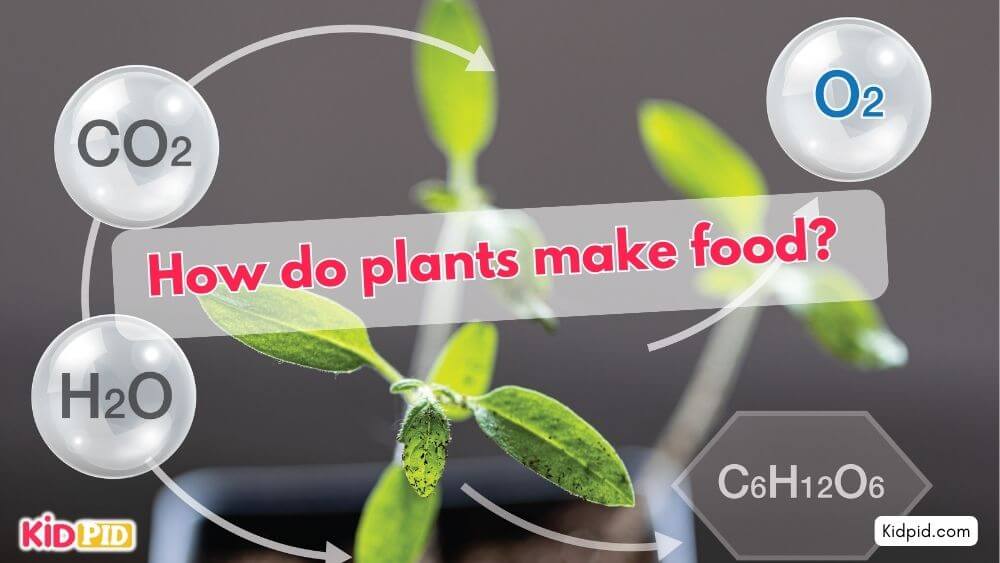Plants need both water and sunlight, along with carbon dioxide from the air, to make food through the process of photosynthesis.
Contents
MCQs
1. What part of the plant absorbs water and minerals from the soil?
A) Leaves
B) Flowers
C) Roots
D) Stems
Answer: C) Roots
Explanation: The roots of a plant absorb water and minerals from the soil, which are essential for the plant’s growth and food production.
2. Which of the following is NOT a product of photosynthesis?
A) Glucose
B) Oxygen
C) Carbon dioxide
D) Water
Answer: C) Carbon dioxide
Explanation: Carbon dioxide is a raw material used in photosynthesis, not a product. The products of photosynthesis are glucose and oxygen.
3. What gas do plants take in for photosynthesis?
A) Oxygen
B) Nitrogen
C) Carbon dioxide
D) Hydrogen
Answer: C) Carbon dioxide
Explanation: Plants take in carbon dioxide (CO2) from the air to use in the process of photosynthesis along with water and sunlight.
4. What color is the pigment in leaves that absorbs sunlight?
A) Blue
B) Yellow
C) Green
D) Red
Answer: C) Green
Explanation: The pigment called chlorophyll, which is found in the chloroplasts of plant cells, absorbs sunlight for photosynthesis and gives leaves their green color.
5. What is the process by which plants make their food?
A) Respiration
B) Photosynthesis
C) Digestion
D) Fermentation
Answer: B) Photosynthesis
Explanation: Photosynthesis is the process by which plants use sunlight, carbon dioxide, and water to produce glucose (a type of sugar) and oxygen.
